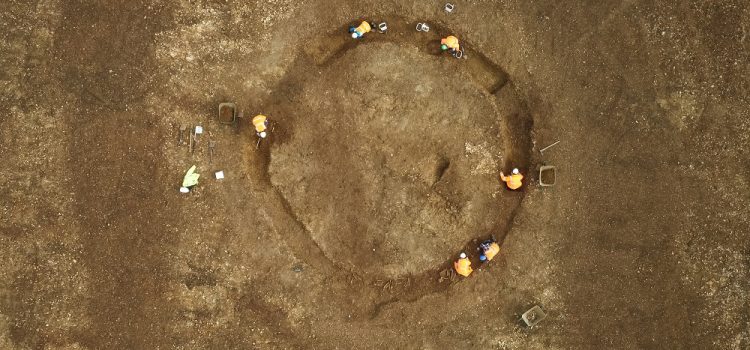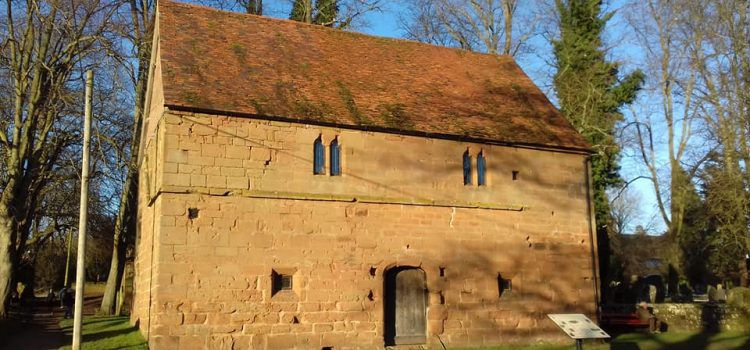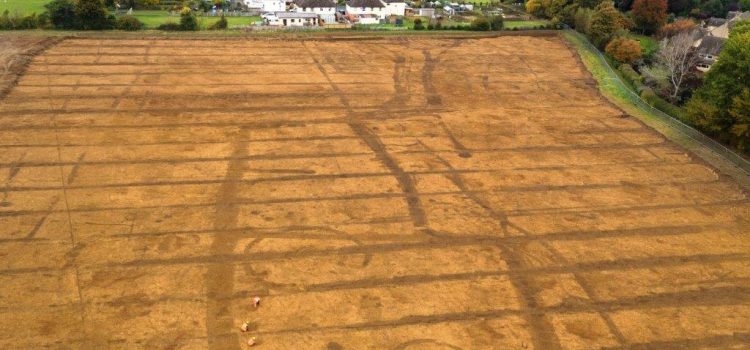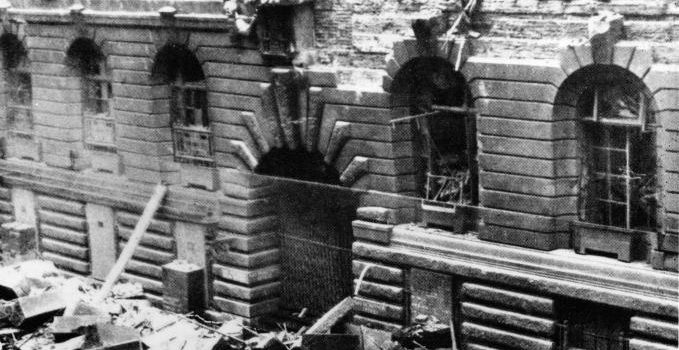Tuesday 5th February 2019 at 7pm Speaker: Dr. Jim Andrew In 2019 we shall be commemorating the life of James Watt who died in Birmingham 200 years ago on 25th August 1819. Watt was born in 1736 and grew up
When is a Hillfort not a Hillfort? Marsh-forts in North Shropshire
Tuesday 5th March 2019 7pm Speaker: Shelagh Norton When is a hillfort not a hillfort? These iconic Iron Age monuments are characterised by their monumentality and prominent visibility. However, a small number of contemporary fortifications share elements of size and
Solihull Archaeological Group – Lecture Programme 2018/19
The Solihull Archaeological Group have now finalised their up and coming lecture programme. Here are the details. Members of BWAS and SAG (Solihull Archaeological Group) are entitled to attend each other’s meetings as affiliated societies.
2018-19 Lecture Series
BIRMINGHAM AND WARWICKSHIRE ARCHAEOLOGICAL SOCIETY Lecture Programme for 2018/19 PRINT A PDF October 2nd 2018 at 7pm Speaker: Richard Bradley Barrows and Burnt Mounds: Investigations at Meriden Quarry, 2013-2015 November 6th 2018 at 7pm Speaker: Nigel Page WOW! what
Excavations adjacent to The Lunt Roman Fort, Baginton

Recent Work by Archaeology Warwickshire by Bryn Gethin A very large area was excavated to the east of the Lunt Roman fort in advance of the construction of a new Jaguar Land Rover facility. The site had previously been evaluated
Mansell Farm, Newbold-on-Stour

Recent Work by Archaeology Warwickshire by Bryn Gethin Soil stripping on this site, in advance of new house building and following on from an Archaeological evaluation in 2015, exposed a ring ditch. This had previously been noted on a geophysical
Kenilworth Abbey and Old Barn Museum

The excursion to Abbey fields, Kenilworth will start at 1pm on Saturday 5th May 2018 meeting at the Abbey Ruins located in Abbey Fields about 150 meters from Bridge Street. The guided Tour will be given by Jan Cooper, Chair of
A Broad View: investigations on the Broadway flood alleviation scheme

6th March 2018 Speaker: Richard Bradley Lecture commences 7pm Excavation and watching-brief work by Worcestershire Archaeology uncovered a large multi-period site with at least 8000 years of activity. This included scatters of
A History of Birmingham Museums

10th April 2018 Speaker: Dr Ellen McAdam Lecture starts at 7pm Birmingham cautiously considered the need for a civic museum for several decades. The first objects in the collection pre-date even Aston Hall, acquired by the city in 1864. However,
